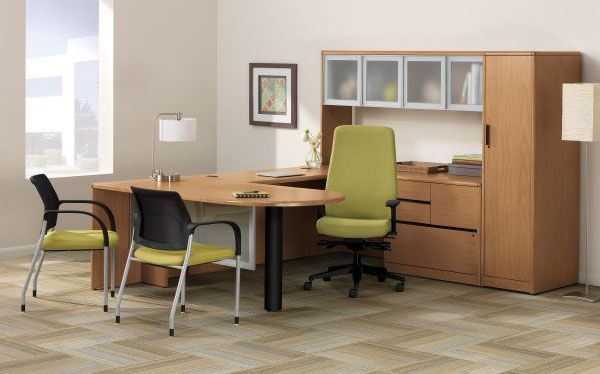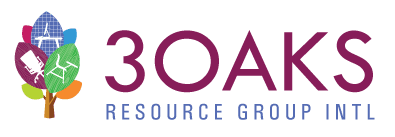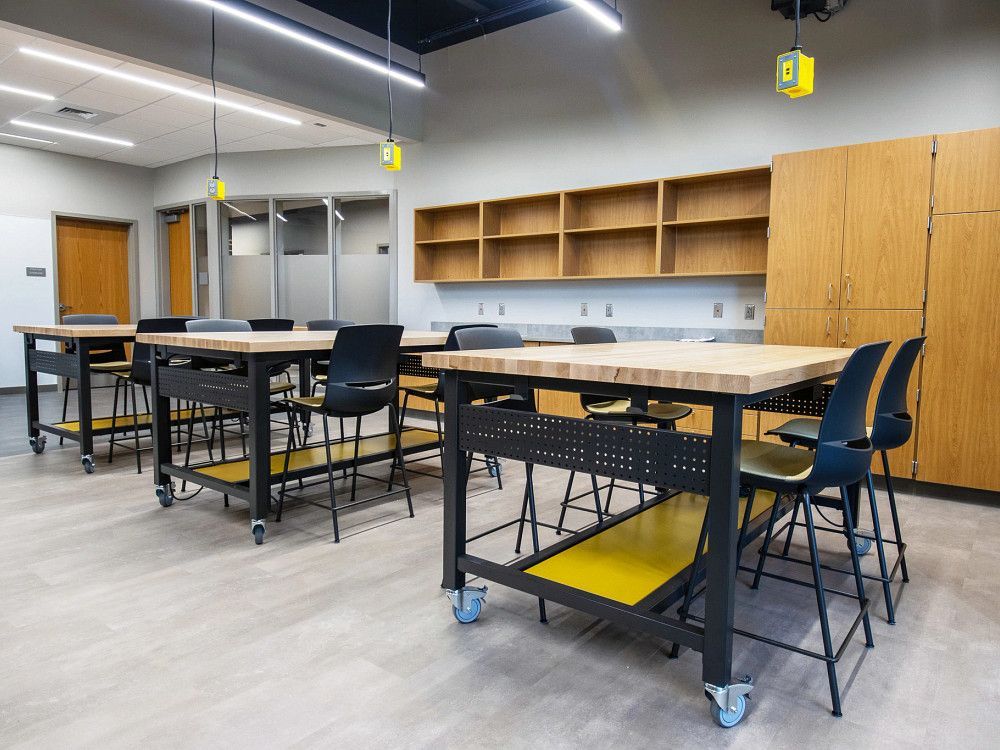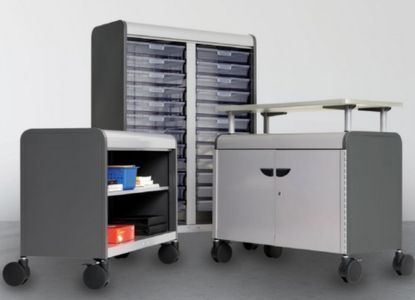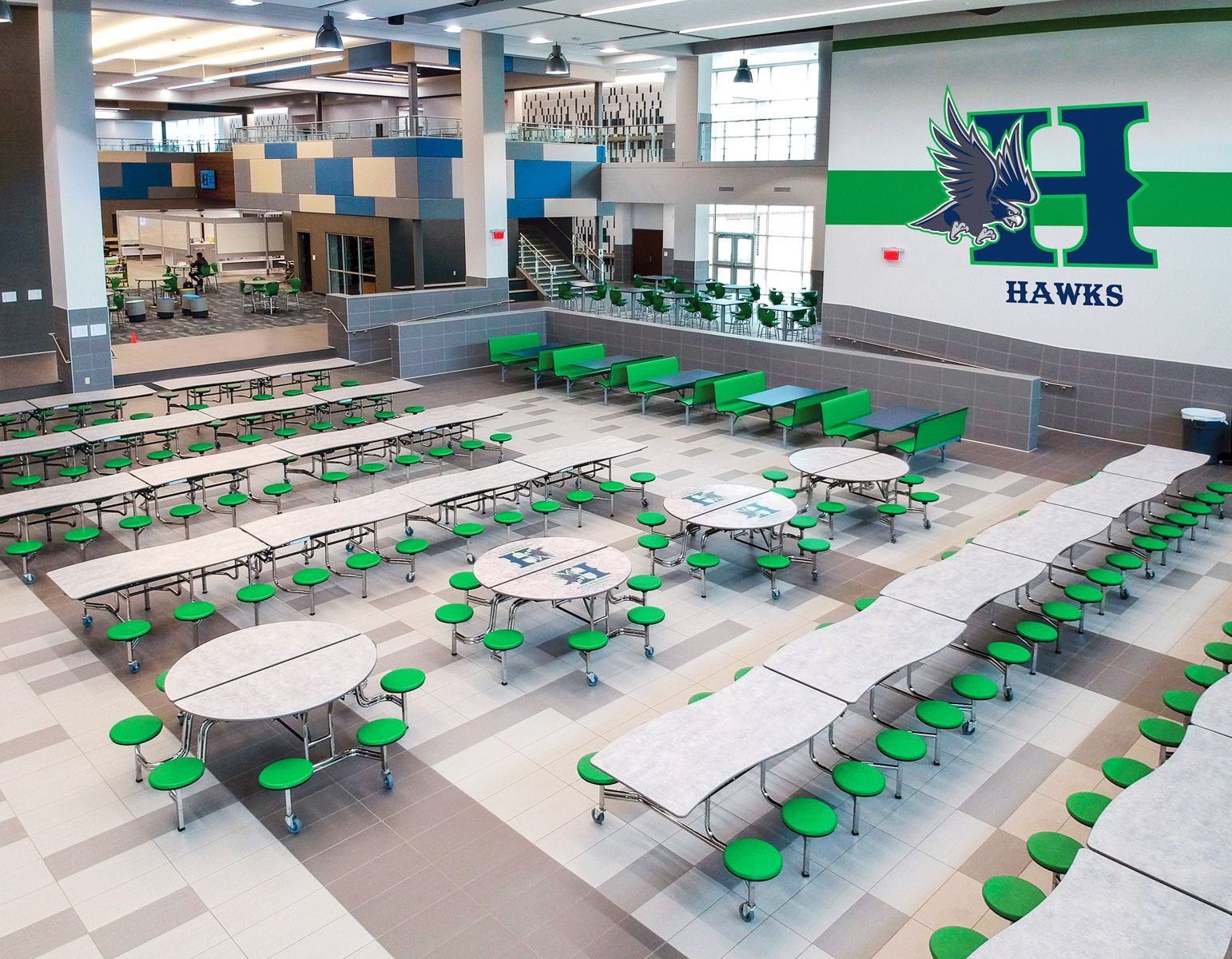Top Five Tips for Creating Effective STEM, STEAM, and Maker Labs
STEM, STEAM, and Maker Labs are more than just classrooms—they’re innovation playgrounds. From robotics to 3D printing to hands-on experiments, these spaces support the type of learning that prepares students for the future. But designing them requires careful planning to ensure they remain flexible, safe, and inspiring.
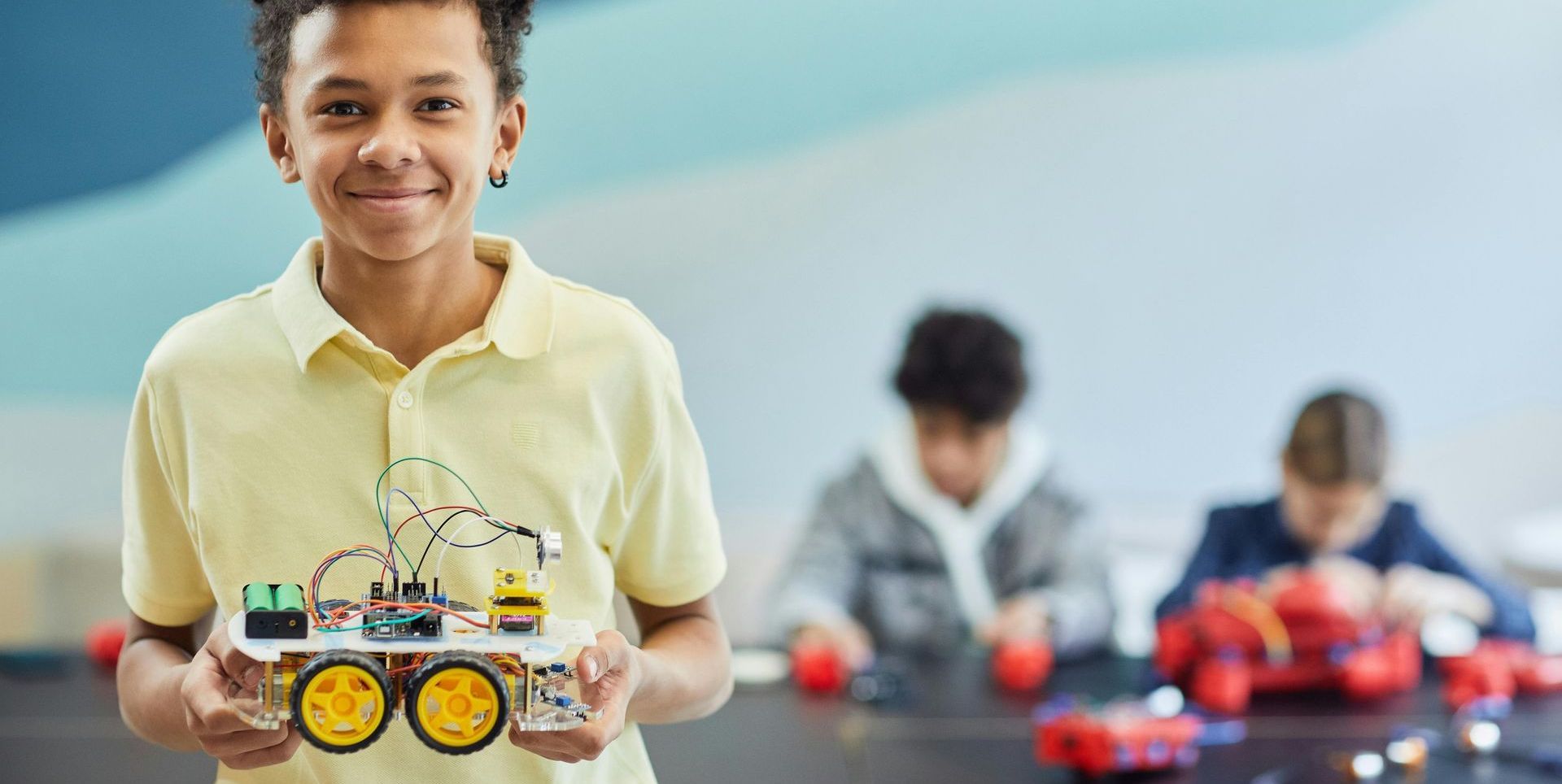
Here are five must-have elements to make your lab as effective and future-ready as the students who use it.
1. Flexible Furniture for Dynamic Spaces
No two projects are alike—and your furniture shouldn’t be either. STEM and Maker labs must be designed to shift quickly between collaboration, solo work, and hands-on activity. According to Edutopia, classroom flexibility boosts student engagement and accommodates different learning styles—especially in project-based environments.
- Opt for modular tables and mobile workstations on locking casters so layouts can change based on the task at hand.
- Include variable height desks or stools for students of all sizes and different types of work so work can be accomplished standing or sitting.
- Prioritize furniture that is durable and easy to reconfigure, maximizing space without sacrificing function.
2. Power and Connectivity
Innovation needs juice. In today’s tech-driven learning environments, easy access to electricity and internet is essential.
A 2023 Education Week report found that 87% of educators cite inadequate power access as a top barrier to effective STEM instruction. Don’t let the plug be the problem.
- Install floor or ceiling power drops and wall outlets strategically throughout the space or utilize mobile changing stations.
- Incorporate furniture with built-in charging and USB ports for seamless tech use.
- Equip the lab with strong Wi-Fi coverage and wired connections for high-bandwidth tools like 3D printers.
3. Durable Surfaces
STEM labs take a beating—and your furniture surfaces need to keep up. Investing in long-lasting, industrial-grade surfaces reduces replacement costs and keeps your lab functional year after year.
- Choose chemical- and scratch-resistant worktops for science experiments and engineering builds.
- Use laminated or epoxy resin tables that can withstand spills, soldering, and mechanical wear.
- Incorporate easily cleanable surfaces to keep hygiene and safety a priority.
4. Storage Solutions
Organization fuels creativity. Without proper storage, even the most exciting projects can devolve into chaos. With smart storage, your lab stays clutter-free, and students stay focused.
- Use mobile carts, labeled bins, and cubbies for supplies and student materials.
- Install wall-mounted cabinets or pegboard systems for tools, parts, and safety gear.
- Designate secured areas for sensitive equipment like 3D printers, robotics kits, or chemical materials
5. Defined Zones for Collaboration and Focus
Balance the buzz with quiet. Great STEM labs are designed with intentional zones to support both energy and concentration. Defined zones reduce distractions and help students self-regulate based on their task and learning preference.
- Set aside collaboration corners with whiteboards, round tables, or brainstorming walls.
- Create project assembly areas for hands-on work with tools and materials.
- Provide quiet nooks or focus pods for research, reflection, or coding.
Below are some of our favorite lab furnishings and equipment that we put into our clients schools
An effective STEM or STEAM lab is more than a room with tech—it’s a launchpad for creativity, exploration, and real-world problem solving. With flexible layouts, smart power, durable surfaces, organized storage, and intentional zones, your lab becomes a space where innovation thrives.
